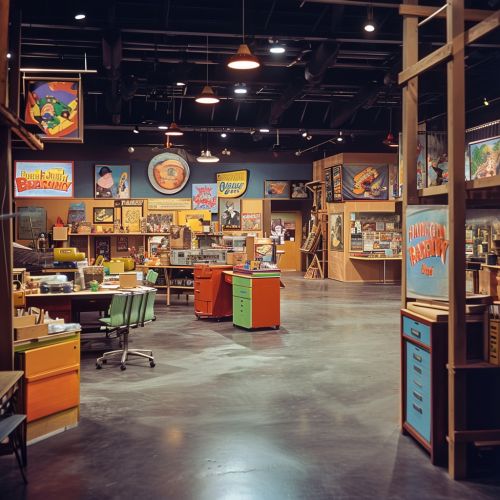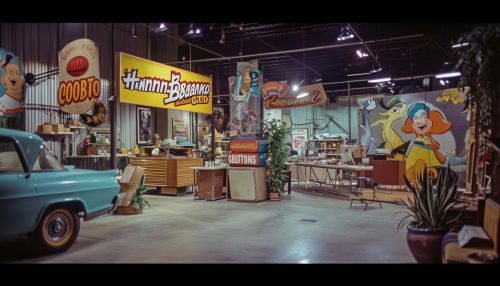Hanna Barbera
Early History
Hanna-Barbera Productions, Inc. was an American animation studio that dominated American television animation for nearly four decades in the mid-to-late 20th century. It was formed in 1957 by former Metro-Goldwyn-Mayer animation directors and Tom and Jerry creators William Hanna and Joseph Barbera, in partnership with film director George Sidney.


Hanna and Barbera first met while working at the MGM cartoon studio in 1939. Their first directorial production together, Puss Gets the Boot, featuring a cat named Jasper and an unnamed mouse, was released to theaters in 1940. The characters were later renamed Tom and Jerry and became one of the most popular and successful series of short theatrical cartoons.
Television Era
In the late 1950s, the duo made a successful transition to television, creating hit series such as The Flintstones, Yogi Bear, The Jetsons, and Scooby-Doo. These shows have become cultural icons and have a broad and enduring appeal.
Hanna-Barbera's television cartoons, which are less detailed than their theatrical counterparts, were among the first to use limited animation techniques. This allowed the company to produce a greater volume of material at a reduced cost. The technique, combined with the use of storyboards, allowed the studio to create complex and dynamic scenes with minimal animation.
Later Years and Legacy
In the later years, Hanna-Barbera produced several successful animated shows, including The Smurfs, The Snorks, and The Powerpuff Girls. The studio was eventually absorbed into Warner Bros. Animation and its name was retired in 2001.
Despite the end of the studio, the legacy of Hanna-Barbera continues to be recognized today. Many of their characters and shows have become iconic in the field of animation and have influenced numerous other animators and studios. The studio's innovative techniques and creative storytelling have had a significant impact on the development of television animation.
